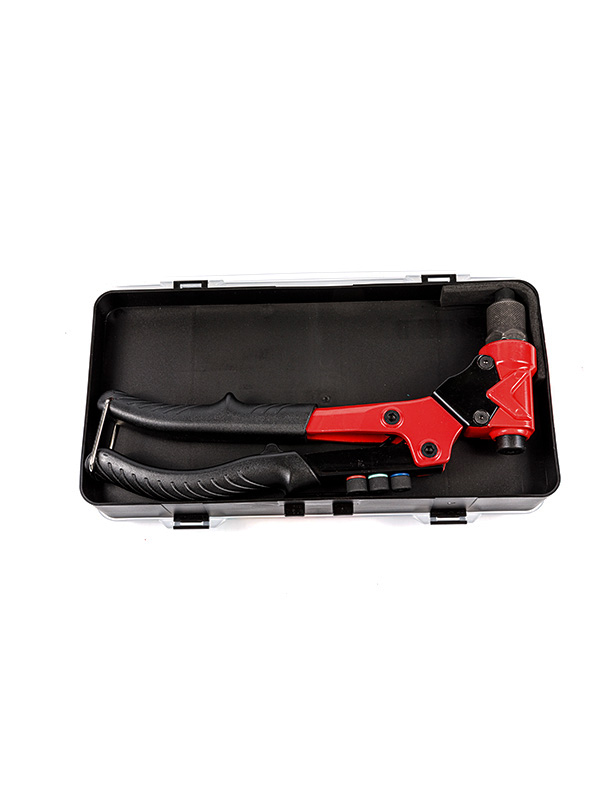The maintenance and maintenance of the
riveting machine should be done in the following aspects!
First. Work preparation and operation
1. Check whether the machine is stable.
2. Whether the power socket is firmly inserted.
3. Check whether there are foreign objects in the rocker arm, flywheel and guide rail.
4. Turn on the power and test the pedals. If the motor runs normally, it is ready.
5. Place the required riveting component holes on the buoyant needle for riveting.
6. Step on the pedal to rivet the rivets into the holes of the parts, then return to the original top dead center, and the work is completed in a cycle.

Second. Maintenance of riveting machine
1. First, the power must be turned off, and the cleaning should be done according to the principle of top to bottom from the inside out
2. Cleaning of the rivet storage tank: Remove the rivet storage tank and take out the excess rivets to prevent the residual rivets from being mixed up during the subsequent production and cause damage to the riveted products. Clean up with cotton cloth and put it back after cleaning.
3. Clean the guide rail, pull the guide rail to make blocks so that the remaining rivets in the guide rail flow into the guide groove of the clamping nozzle, press the sliding frame to take out the remaining rivets from the clamping nozzle, and wipe the guide rail, clamping nozzle and upper die rod with cotton cloth. .
4. Clean the funnel, unscrew the fixing nut of the funnel, remove the pressure spring, remove the funnel, use a flat-blade screwdriver to clean the excess rivets in the funnel, wipe it with a cotton cloth, and then put it back in the order of disassembly.
5. Clean the lower die seat, remove the protective cloth cover of the lower die seat, and clean the remaining gasket on the buoyancy pin.
6. Clean the periphery and clean the surface of the machine. If the machine is not clean or there is tape, it can be wiped with banana water.
7. When cleaning the rocker arm and motor, first clean the motor cover and then clean the belt pulley and belt protective cover. If the motor is not cleaned in time and there is too much dust, it will cause damage to the motor.
8. For trial use, plug in the power supply after cleaning, turn on the power supply and turn on the equipment, and check whether each part is running normally before it can be put into production.
